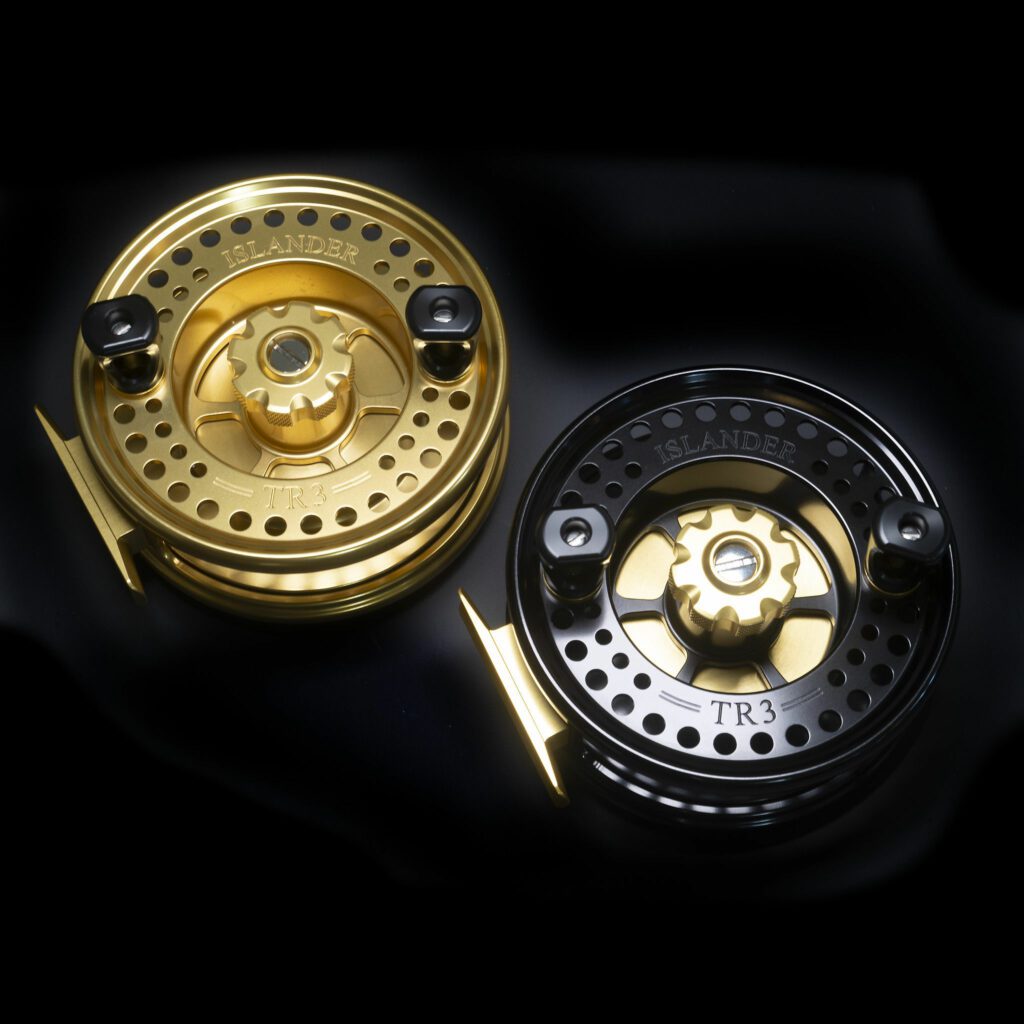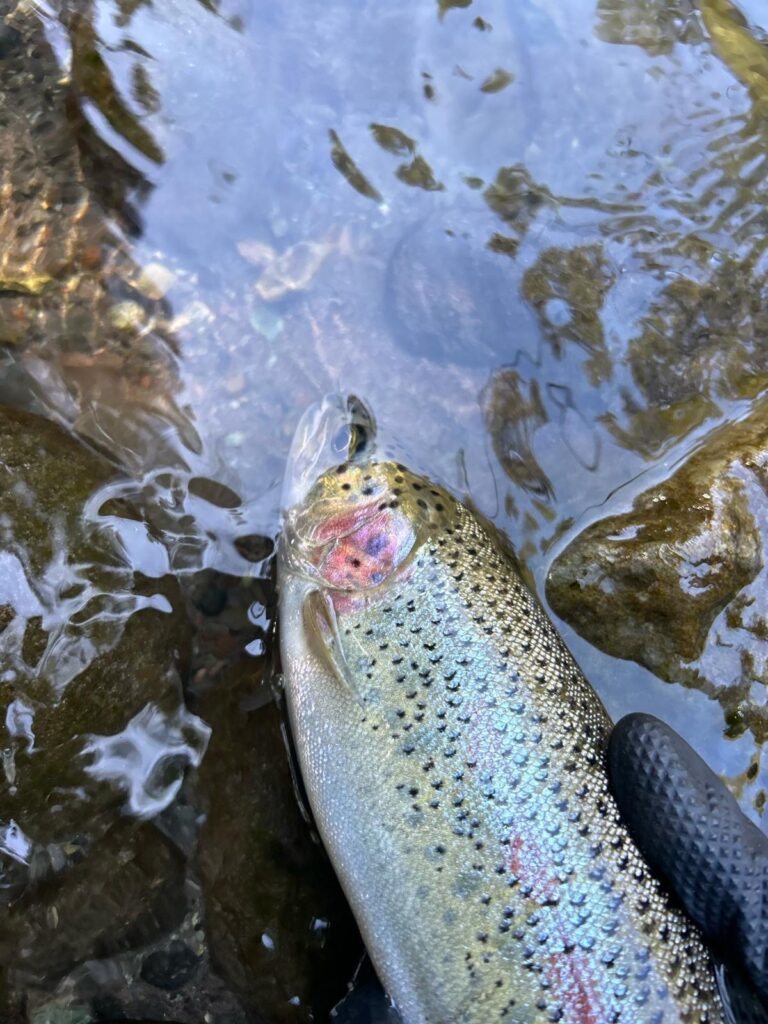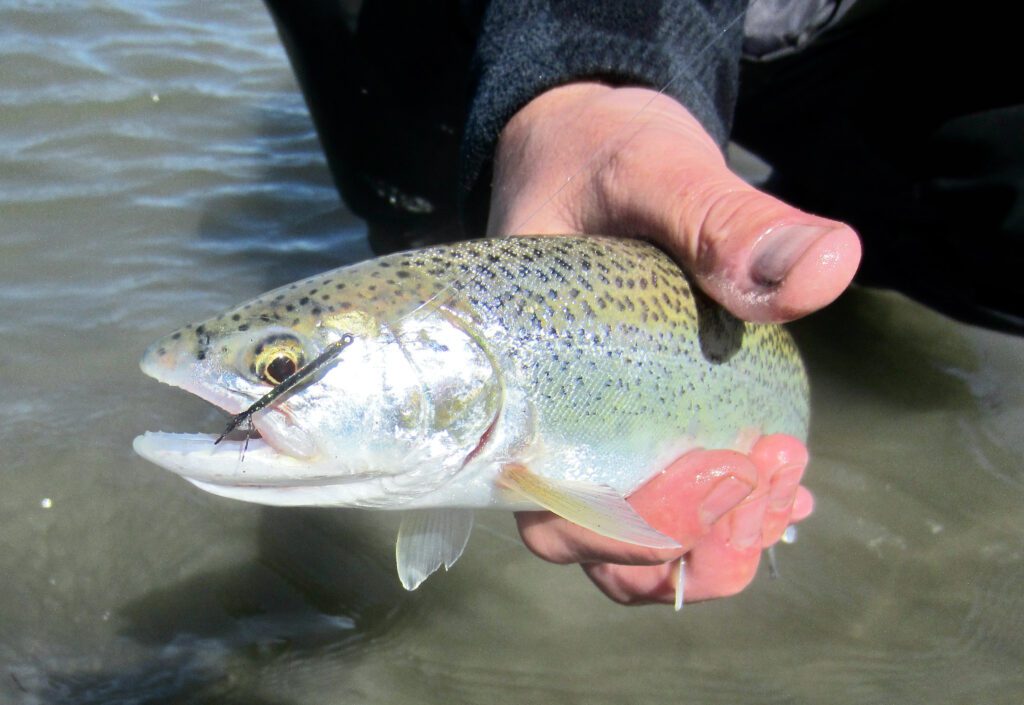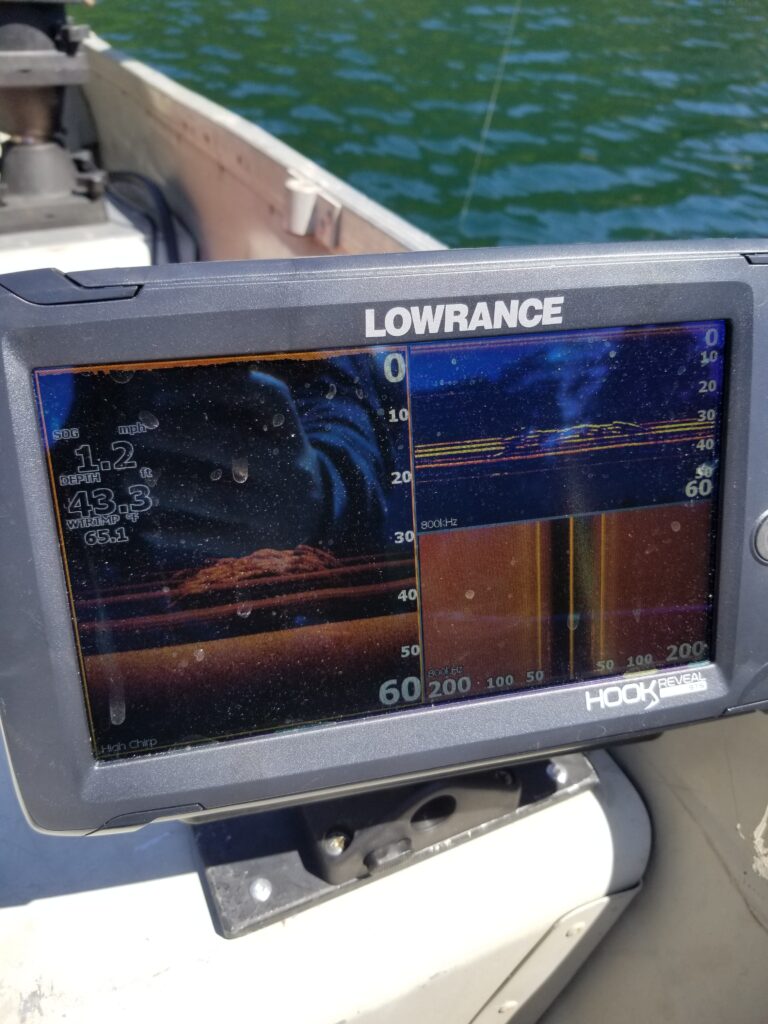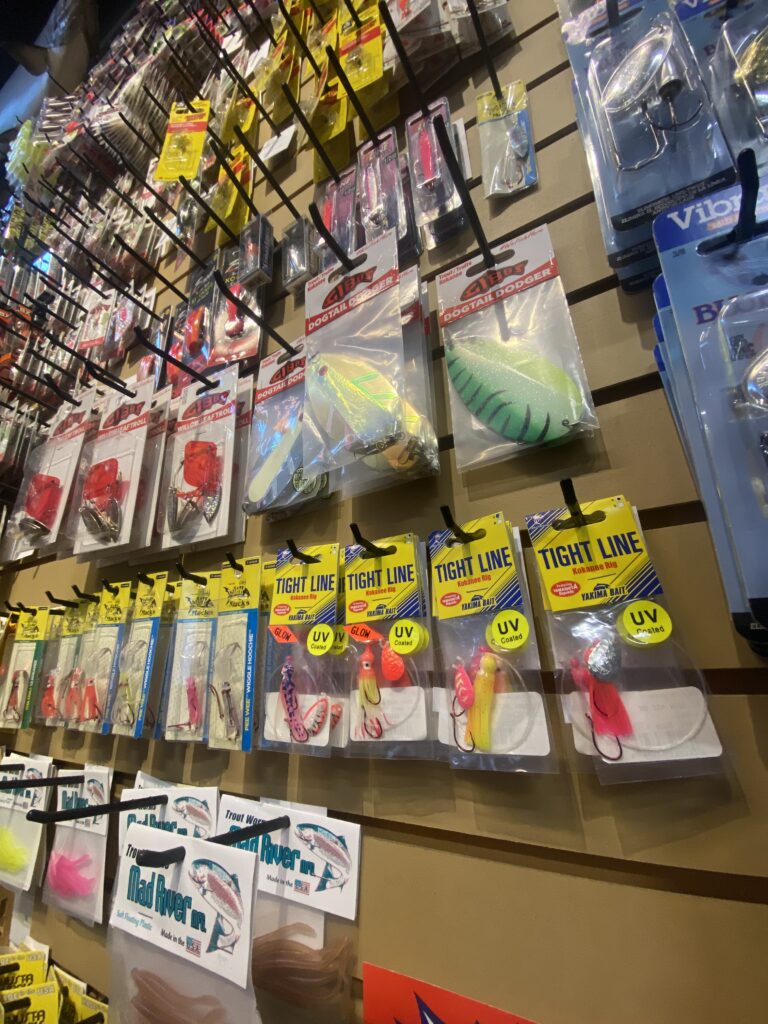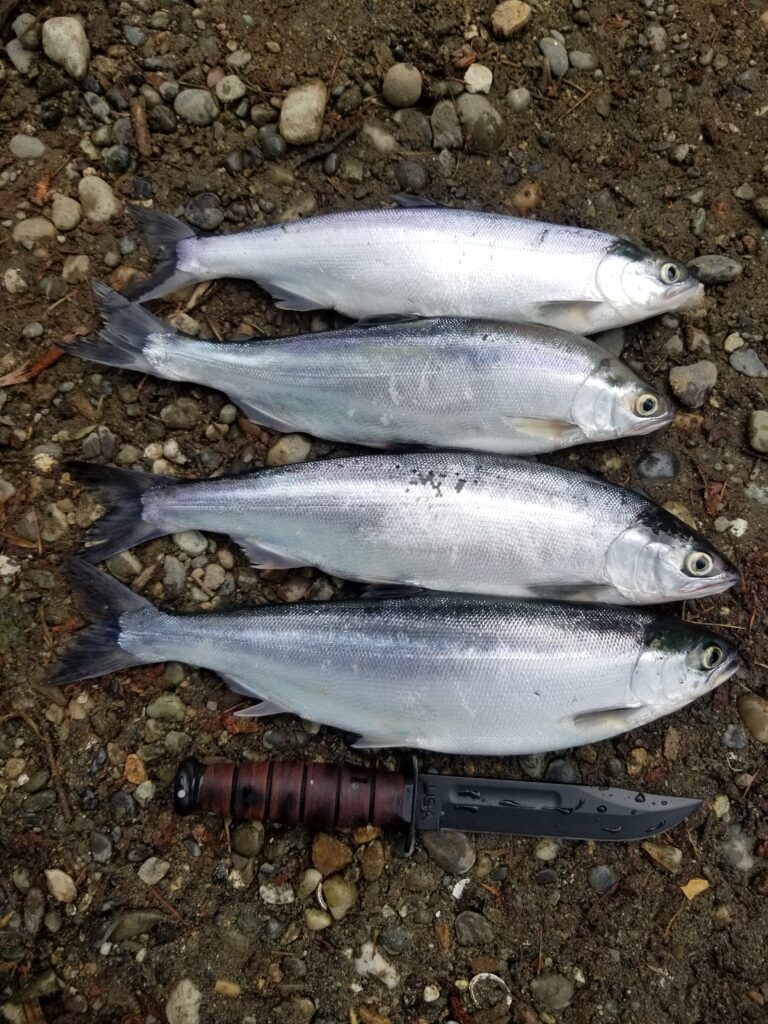OUTLOOK
We are going to see some weather this weekend and it could be a good thing for the end of the spring river fishing season. We are watching water levels bump up as we write the report and, for many of the systems, a little water is a good thing.
This week we have reports on the Harrison, the Capilano, and the Squamish plus some notes on the Chilliwack. The Harrison has been fishing well. More water could be an issue for access, but the reports this week were good and it is well worth a trip. The Squamish is low and could really use the water and the Chilliwack is still fishing well but a reminder that regulations change on the 1st of May so you will want to be educated if you plan to head out next week. Check those reports out in the river section of the report.
Lake fishing is another fishery that is heating up. We were hoping for nicer weather in the Interior this weekend but with only a few drizzles in the forecast and mid teen temps it should still be a good weekend to get out. We will tune in next week with an Interior lakes report but this week we have a kokanee article for you. Many of the larger lakes may not be good fly-fishing lakes but they have great opportunities for trolling or jigging for kokanee. Check out the local lake update and the how-to kokanee fish in the Stillwater section of the report below.
CLASSES AND COURSES
Introduction to Fly Fishing
This course was specifically designed to give the new fly fisher the basic knowledge, casting skills and fly fishing strategies to effectively fish our local BC waters. This course is comprised of two sessions; 3hr evening seminar and a 3hr casting session. The dates below show the seminar date first and casting date second.
Dates: (Apr 29 & May 5), (Jun 4 & 8), (July 11 & 15), (Sept 18 & 22)
Cost: $180.00+GST
Seminar Time: 6:30pm – 9:30pm
Casting Time(s): 10am – 1pm or 1:30pm -4:30pm
Check out the full course listing here and give us a call at the shop (604.872.2204) to sign up today!
INDUSTRY EVENTS AND UPDATES
Islander TR3 – New Colour Drop
Our friends at Islander Reels are bringing it back to the good old days with black and gold. Back then, these colors were not just any choice, they were THE choice. You can find black and gold as well as straight gold in-store today! Swing by or call us to get yours!
FRESHWATER FISHING REPORTS
Chilliwack/Vedder River Fishing Report
Things are continuing to wind down on the C/V system, with this season’s winter steelhead run nearing its end. A vast majority of this year’s run has pushed into the system by this point, with most of them being in the now-closed upper reaches of the river, either waiting to spawn or actively spawning. There are still a few stragglers pushing into the system, but most people will consider the run basically over by the end of the month.
There’s a fair amount of rain in the forecast, and that combined with high average daytime temperatures is likely to result in a bump in river levels and an increase in turbidity- so keep that in mind if you’re heading out there.
Also keep in mind that the mid-section of the river, between the Tamihi bridge and the Vedder Crossing bridge, will be closing at the end of this month, leaving only the lower section of the river, from the Vedder Crossing bridge to the confluence with the Sumas River, open for the month of May- although it will only be open for fly fishing, with a bait ban and mandatory release of all hatchery rainbow and cutthroat trout. The Lower section of the river will close at the end of May, leaving the entire system closed to all fishing for the month of June; the river will re-open for fishing on July 1st.
Taylor Nakatani
Squamish River Fishing Report
We are getting to the end of the season but with relatively cool nighttime temps the river has remained low. Historically the river would be in freshet by the end of April and though still fishable, high water would make access limited. Right now, the river is actually very low but as we are writing the report it is bumping up. It looks like a good week to head out as long as we don’t see too much water. Expect bulltrout, cutthroat, rainbow and steelhead to be in the system.
Float fishing, spoon fishing and fly fishing are all great options. As the water rises, expect colored water. We have been hoping for more color, but you will want to increase your presentation sizes and brighten up the colors if you walk into green colored water.
Get out and enjoy the end of the season!
Matt Sharp
Harrison River Fishing Report
The river is still low, and this has made for some good fishing late in the season. Normally we would see higher water levels and access would be an issue but with the levels under 9.0m on the graph it is a perfect level for the angler who loves to hike.
As we all know, hiking and searching is the name of the game when it comes to cutthroat fishing. Anglers that put in the time this week were rewarded. Though the river is rising a little, the Harrison is lake fed so we can expect good levels to carry over into the weekend. Even with overcast, rainy skies, it is well worth getting out.
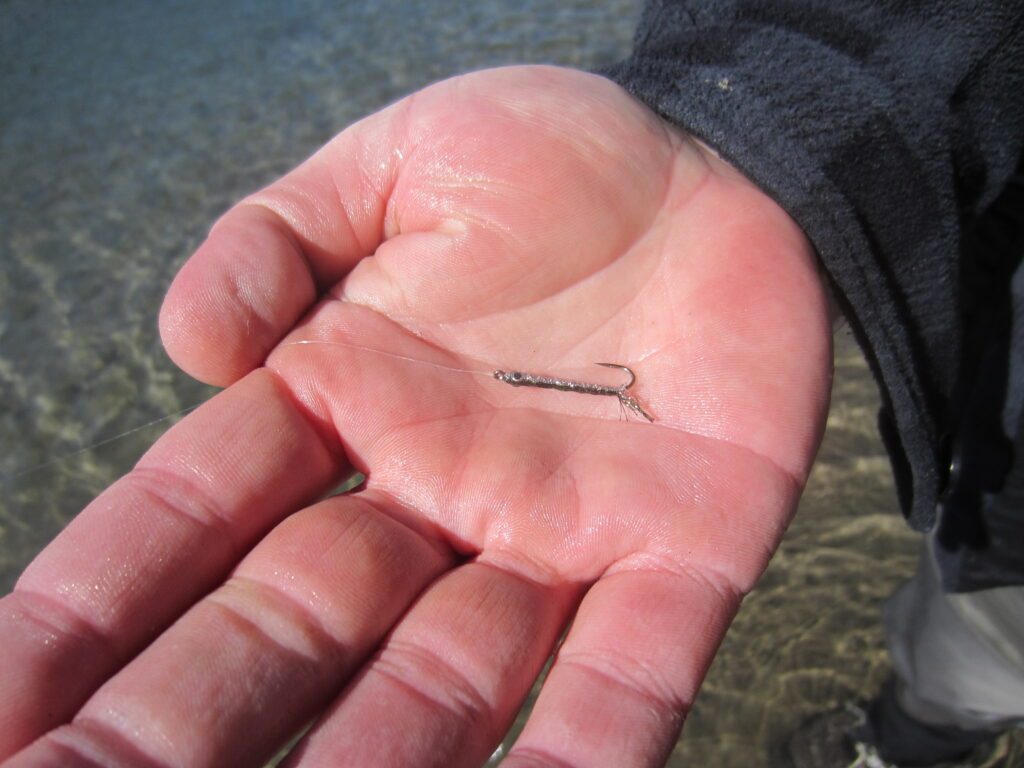
Depending on river levels, this fishery could continue well into to May so get out and enjoy!
Capilano River Fishing Report
This past week saw a few more anglers encountering some coho in the Capilano river, with most fish being touched in the lower Highway Bridge pool.
This rain system that moved in the past couple days will help move some fish into the river, as well as ‘freshen’ up any fish that have already entered. Thursday saw a decent amount of rain, as well as a big afternoon tide- this should hopefully have encouraged fish to enter, as well as move around.
Today, Friday, also sees some good tides for both the beach and the river, as well as lots of rain to bring fresh fish into the system.
With the tide dropping below the 6-foot mark, anglers will be able to walk out to the sand bar, allowing beach anglers a better chance to get a fish from the salt- whether casting lures or flies. With the low-light, broken surface tension, and large tides, I would suspect that coho fishing improves with each passing tide.
Smaller flies in a variety of colours and shades can help round out an angler’s fly box, as well as spoons and spinners in various sizes and colours. There won’t be ‘one magic’ lure or fly that covers all conditions (light, levels, weather) so having a variety to offer as you adjust to changing conditions can greatly help improve your chances of success.
High dirty water may encourage larger and flashier flies or lures, while lower water conditions may call for small and duller such as gold or olive.
Remember to wade safely and keep your eyes and ears open. Sudden changes in water height can leave anglers stuck or stranded. Be safe and observant.
In terms of licencing, a basic freshwater license will allow one to angle for salmon, but you will need an additional conservation surcharge stamp if hoping to harvest or retain. If you do venture out to the sandbar on the beach, remember you will need also need a tidal licence.
If harvesting or retaining any fish, remember to stop by and top up on fish bags or bag-style coolers to keep your catch cool and fresh.
High hopes for dropped floats,
Capilano Creeper – Jordan Simpson
STILLWATER FISHING REPORTS
How To Fish For Kokanee
It’s already almost May, and that means that the kokanee fishing in our area will be picking back up. Now that water temperatures are rising, kokanee will be schooling up and starting to aggressively seek out the thermocline, so targeting them should get a lot easier, especially for folks who prefer to troll for them… once you find one school, you can be fairly confident that every other school will be at roughly the same depth. Having a decent fish finder and downriggers can make all the difference when trolling for kokes, because they are very temperature and depth sensitive, with a strong preference for water between 10-13 Celsius, and will aggressively seek out these temperatures in a lake. Once they find these temps, they will stick to them for the whole season, moving deeper or shallower as necessary.
As mentioned, downriggers and fish finders are a massive asset when trolling for kokanee. The fish finder tells you exactly how deep the fish are, and the downriggers put your gear at that exact depth. You can troll for kokanee with divers or in-line weights, but these are much less precise. Kokanee don’t like moving up or down to chase gear, so if the fish are at 45 feet and your gear is at 40 or 50, you probably won’t have much luck. Kokes also like flashy gear, much like sockeye, so dodgers, gang trolls or mini-flashers are very useful… almost necessary. Trolling speeds will vary; I’ve had luck trolling anywhere between 1.9 mph and .9 mph, depending on what gear I’m running. Speaking of gear, kokanee aren’t too picky. I’ve had luck trolling mini-hootchies, small spoons, wedding bands, small flatfish, Apexes, and even small flies… kokanee are biting out of aggression, not necessarily to feed. I will say, however, that I’ve always had the best luck on pink, chartreuse, or orange lures.
Don’t have downriggers or a fish finder? You can still anchor up and jig for kokes. Of course, a fish finder is still helpful here because you can easily find how deep the water is and where the fish are, but they aren’t strictly necessary. Just anchor up in a promising spot and drop a piece of bait like krill, salmon eggs, corn, or shrimp… and wait. If that’s too boring, you can drop a small spoon or jig and slowly jig away until something happens. I find this particular method to be very boring, so I prefer to troll, but it can be very effective at times… especially early in the season.
Kokanee are very tasty fish, and average about 11-14 inches in the Lower Mainland. However, they DO NOT handle catch and release well and often suffer a mortality rate greater than 50%, so I strongly recommend only fishing until you have retained your limit… there’s no real point in trying to practice catch & release when more than half of the fish you release will die anyway. Kokanee also have very soft mouths, so I usually advise the use of a trolling snubber or a soft, slow action rod to absorb a lot of the jarring forces involved with fighting a fish. Don’t play them too hard, or you’ll just rip hooks out of their mouths. When retaining them, be sure to bleed them promptly and get them on ice as soon as possible, as they tend to spoil very quickly. I find mornings to be the best times to fish for kokes for a few reasons… temperatures are more bearable in the summertime, the fish are usually a bit more “bitey”, and the water-skiers, wake-boarders, and other “recreators” are usually still in bed, sleeping off their hangovers from the previous night.
Fishing for kokanee is one of my favorite Spring/Summertime activities. It’s a lot of fun… almost like a scaled-down version of trolling for Salmon in the salt, and you get to take home some great eating fish. Be sure to check regulations on your specific lake before you head out, and be mindful of the fact that a lot of our kokanee lakes also have populations of other fish that may or may not be open for retention, so be sure to properly I.D. your catch before you take it out of the water.
Taylor Nakatani
Local Lakes Fishing Report
Lower Mainland lakes are fishing well. Stocked fish have had some time to adjust to their new aquatic surroundings and will be hungry. These fish are eager biters, but I have some tips and tricks that could help put a bend in your trout rod if you are having trouble connecting.
Fish Light Gear: Stocked trout are not exceptionally large so lightweight or ultralight rod and reel setup is a good start point. These light setups allow you to cast smaller lures and baits a greater distance with better accuracy. Lastly delicate gear allows for a more sensitive bite detection.
Small presentations when the conditions get tough: Not every day will be lights out, fish after fish. Sometimes you will need to go smaller on your lures and baits to fool the fish. As the lakes become more pressured look to smaller natural baits and lures. This could be smaller sized rooster tails, panther martins, and crocs, or single salmon eggs under a light float. Smaller baits allow the fish to take the hook rather than hitting a large bait a few times without getting the connection. To this end we can also look to fly fishing to offer smaller more subtle presentations.
Change with the conditions: When chasing trout, I like to have a few presentations ready for when the fishing conditions change. I might start fishing bait on a calm cool spring morning, but as the sun burns off the cloud and the fish start rising, I might change to a more dynamic presentation like a lure. This also keeps things interesting if fishing with young anglers… kiddos may only be able to stare at a float or rod tip so long before wanting pick the rod up and cast. The same goes for fly anglers. Be prepared with a sink line to cast and retrieve leeches and attractor patterns, and a floating line to fish indicators and dangle chironomids, blobs, and balanced leeches.
We are fully stocked on trout combos and terminal tackle to have success and fly anglers can pick some winners with the best lake fly selection I town! It will get busy once the sun starts shining so be courteous to your fellow anglers and leave your fishing area cleaner than when you left it.
Eric Peake




